Given the Trump administration’s erratic decisionmaking and President Donald Trump’s ambivalence about the U.S. commitment to defend Europe, Europeans are reluctantly concluding that they cannot count on U.S. nuclear guarantees. The question about the feasibility of a European nuclear deterrence strategy and posture has therefore gained an unprecedented urgency. French President Emmanuel Macron has started the conversation by offering to discuss the prospect of sharing the French “nuclear umbrella” with European allies, triggering fierce but so far unproductive debates. Conceptualizing a self-reliant European nuclear deterrence remains a task stretching the strategic imagination, but the old concept of “reasonable sufficiency” offers several useful guidelines. This concept, which underpinned Mikhail Gorbachev’s decisions to deeply cut the vast Soviet nuclear arsenal, refers to how countries can economize the resources spent on countering strategic threats by focusing on asymmetric responses rather than building both symmetric offensive systems and robust defenses.
The most obvious guideline of this kind is that European numerical parity—mirroring U.S. or Russian nuclear capabilities—is both impossible and unnecessary. Russia’s stockpile of non-strategic nuclear warheads is estimated at just above 1,500, although no verifiable data about the size and composition of this arsenal are available. Russian President Vladimir Putin has repeatedly resorted to nuclear brinksmanship since his full-scale invasion of Ukraine, and these so-called tactical weapons are his main instruments (the others have been the staged incidents at the occupied Zaporizhzhia nuclear plant in eastern Ukraine and drone strikes near other Ukrainian nuclear facilities). The announced deployment of Russian nuclear warheads at the Asipovichy storage site in Belarus proves that European policymakers should not count on an extension of the Presidential Nuclear Initiative (1991), which commits Moscow to keeping all non-strategic warheads in 12 centralized storage facilities. Even if the Trump administration were to decide to withdraw U.S. tactical warheads (about 100 B-61 gravity bombs) from five bases in Belgium, Germany, Italy, and the Netherlands (plus one in Turkey), there is no need for France and the U.K. to increase their inventories of nuclear munitions.
Another “reasonable sufficiency” consideration is about the limited effectiveness of missile defense, which remains the strategic reality for Europe, even if the U.S. “Golden Dome” design (fiercely opposed by Russia and China) progresses to implementation. Russia doesn’t have delivery systems exclusively designated for executing non-strategic nuclear strikes, but it has invested enormous resources in the development and deployment of dual-use capabilities that have been used in conventional combat and could also carry out nuclear missions. Therefore, the numbers and variety of naval, air, and land platforms from which different types of subsonic and hypersonic missiles can be launched are so high that the task of intercepting these projectiles is impossible. The Ukraine war has proven that even a limited air defense system can prevent Russian tactical and strategic aviation from approaching “hostile” airspace, but given the multiplicity of potential targets, no combination of long- and short-range defensive means can ensure the protection of any European state from a hypothetical Russian missile attack. Investments in intelligence-gathering capabilities, including satellite assets, are necessary—in fact, existential—for collective European security, but they can never produce something like a reliable early warning system.
This combination of a relatively low number of deployed U.S., French, and British nuclear weapons and ineffectual missile defense could shape an impression of Russian superiority and engender public anxiety in many European states. Informed political discussion of nuclear issues will be necessary for countering recurrent Russian blackmail, but it doesn’t need to produce a consensus on a European nuclear “doctrine.” A country that feels particularly exposed to Russian nuclear threats is Poland, so engagement of Polish elites and experts in European debates on deterrence is crucial. Polish pleas for the basing of U.S. nuclear weapons are as unrealistic as ideas about building their own capabilities.
In their collective deliberations, Europeans might find it useful to assert the principle of “no first use” of nuclear weapons, which is strongly promoted by China and rejected by Russian nuclear doctrine. This affirmation of this principle could be reinforced with a set of guidelines on a joint response to a possible Russian “demonstrative” nuclear strike, which would establish a clear preference for long-range conventional retaliatory strikes on high-value targets, including Russia’s high command. However Russia may alter its nuclear strategy in the future, it will be essential for Europe to maintain adherence to such key pillars of the international nuclear regime as the Comprehensive Test Ban Treaty (CTBT), which bans nuclear testing; the Outer Space Treaty, which bans the deployment of nuclear weapons in space; and the Treaty on the Non-Proliferation of Nuclear Weapons. The first of these treaties, the CTBT, was notably absent from the lengthy China-Russia statement on strategic stability approved during President Xi Jinping’s visit to Moscow in May 2025.
Yet another dilemma for European strategy-making comes from the need to assure Ukraine’s non-nuclear status—and to dissuade Russia from escalating its aggression using nuclear means. The only way to address both needs is to integrate Ukraine into the reconfigured European security system, not necessarily by granting it NATO membership, but with a big leap in expanding defense-industrial ties. By turning Ukraine into a “steel porcupine,” Europe can make sure that security guarantees work both ways: its investments in rebuilding Ukraine will deter Russia from launching another aggression, and a rearmed Ukraine will make it impossible for Russia to concentrate sufficient forces for threatening Europe in the Baltic or the Arctic theatres. Upgraded conventional capabilities as well as upgraded resilience against unconventional attacks remain the best European shield against the multipronged Russian threat. The resources necessary for these upgrades can only be found if European nuclear deterrence policy, clarified through extensive debates, is based on the guidelines of an updated reasonable sufficiency.
The Brookings Institution is committed to quality, independence, and impact.
We are supported by a diverse array of funders. In line with our values and policies, each Brookings publication represents the sole views of its author(s).


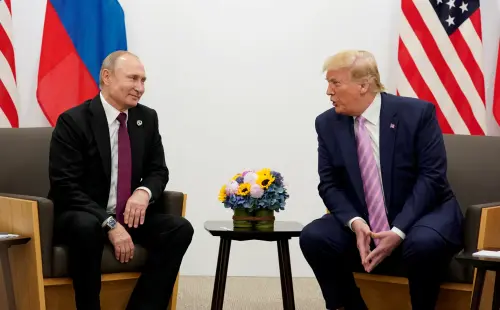

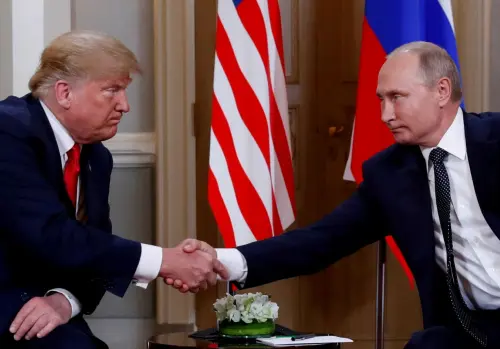
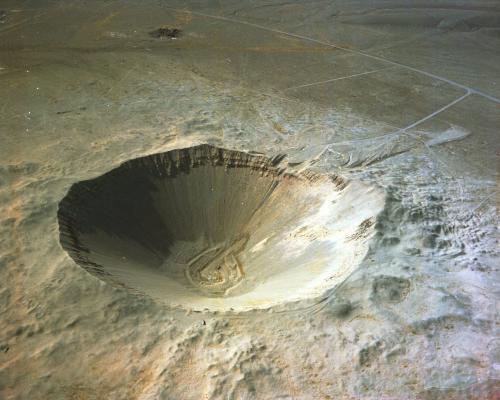
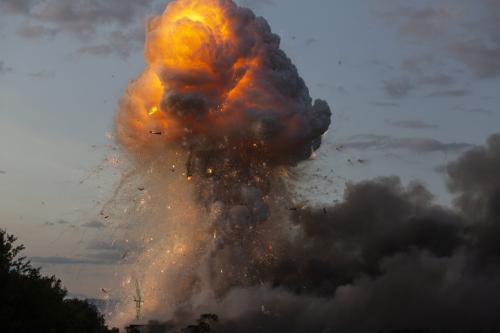
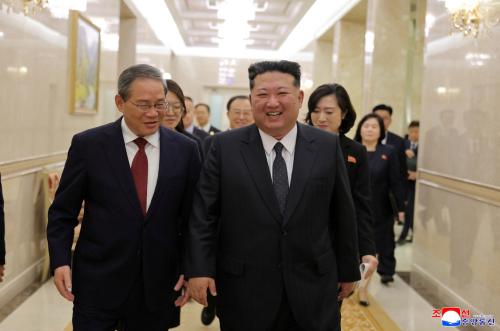
Commentary
‘Reasonable sufficiency’ should guide Europe’s search for nuclear deterrence
The question about the feasibility of a European nuclear deterrence strategy and posture has gained an unprecedented urgency.
May 29, 2025